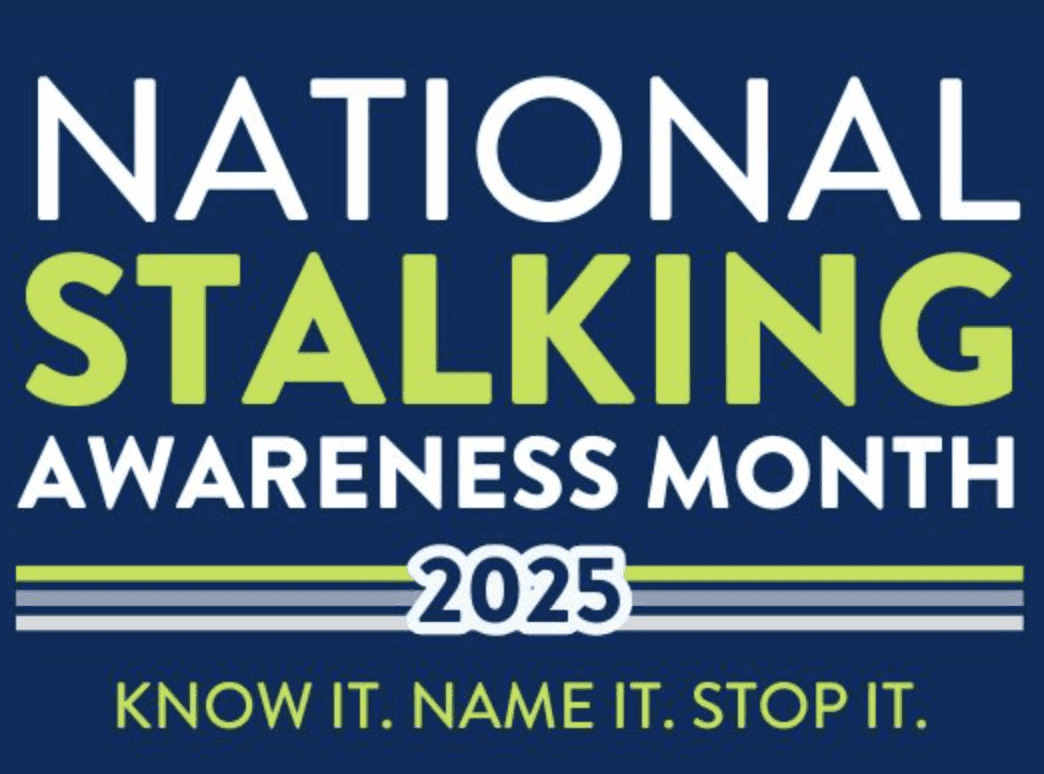By Deana M. Newman
TNCP Senior Health Correspondent
The immune system is the body’s natural protector of diseases through detecting and destroying viruses, bacterial infections and tumor cells.
Lupus is a serious immune system disorder potentially affecting one if not all organs of the body and its level of severity is dependent upon which organs are involved.
For people with Lupus and for unknown reasons, the immune system becomes hyperactive and attacks normal tissue and organs. The long-lasting tissue inflammation, which is normally displayed in Lupus, ultimately results in loss or failure of tissue function.
Areas commonly impacted are joints, skin, kidneys, lungs, heart, blood and its vessels and the brain.
According to the Lupus Foundation of America, nearly 2 million Americans have Lupus and more than ninety percent of those diagnosed are women between the ages of 15 and 45 years. The disease is more prevalent in Latino, Asian and Native America women than in Caucasian women. However, African-American women are three times more likely to developed Lupus than Caucasian women, the highest rate of all groups.
Though the exact cause of Lupus is unclear to scientists, signs and symptoms of the disease are not common for everyone and diagnosing Lupus becomes a prolonged and complex task. At times, it is not determined until the disease activity is severe. However, due to such variation, the American College of Rheumatology (ACR) developed eleven Lupus diagnostic measurements.
If an individual presents four of the eleven criteria below, either at the same time or separately over time, then the probability of having Lupus is significant.
ACR’s Lupus Detection Criteria:
o Face rash that is butterfly shaped and covers the bridge of the nose and spreads across the cheeks.
o Scaly rash, called a discoid rash, which appears as raised, scaly patches.
o Sun-related rash, which appears after exposure to sunlight.
o Mouth sores, which are usually painless.
o Joint pain and swelling that occurs in two or more joints.
o Swelling of the linings around the lungs or the heart.
o Kidney disease.
o A neurological disorder, such as seizures or psychosis.
o Low red blood cell count, low platelet count, or a low white cell count.
o Positive anti-nuclear antibody tests, which indicate that you may have an autoimmune disease.
o Other positive blood tests that may indicate an autoimmune disease, such as a positive double-stranded anti-DNA test, positive anti-Sm test, positive anti-phospholipid antibody test or false-positive syphilis test.
Unfortunately, there is no cure for Lupus and available treatment involves the use of prescribed medication to control severe inflammation episodes and suppress symptoms, demonstrating a dire need for research funding, political advocacy and awareness.
For more information about Lupus, advocacy, or locate a local Lupus organization contact the Lupus Foundation of America at 1-202-349-1155 or visit www.lupus.org. Current clinic trails are also available through the Lupus Research Institute at www.LupusTrials.org.
Deana M. Newman is currently a Cardiovascular Perfusionist and Master’s candidate in
Health Communication at Michigan State University.



